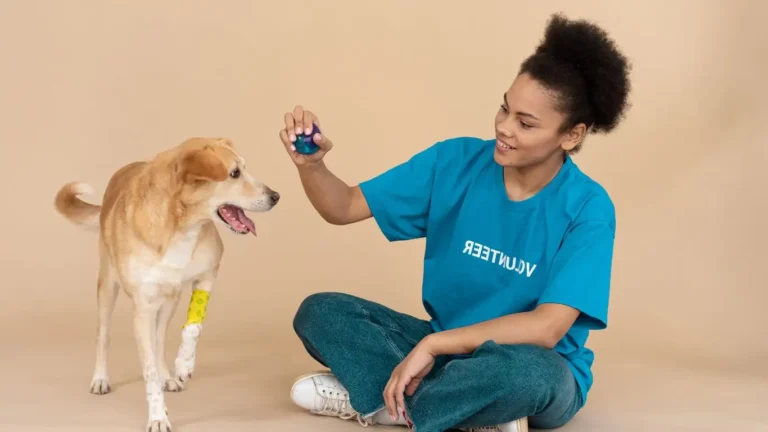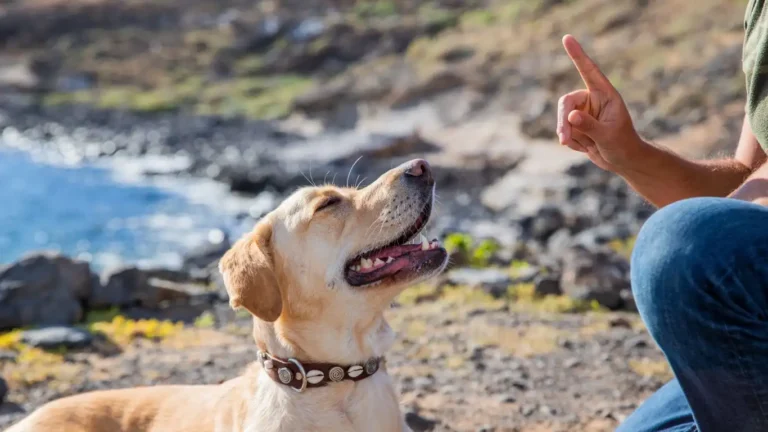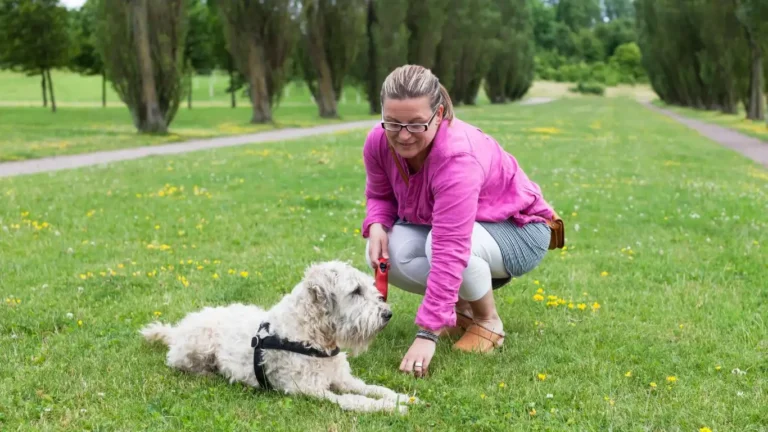How Rheumatoid Arthritis and Iron Deficiency Drain Your Energy
Living with rheumatoid arthritis and iron deficiency is like trying to walk a dog that’s tugging in two different directions. You want to feel strong and independent, but your body keeps pulling you back. Trust me—I’ve worked with countless therapy dog clients who not only live with chronic pain but also wrestle with low iron levels. These invisible battles impact more than just energy levels. They affect how we move, how we train, and even how we connect with our canine partners.
What Rheumatoid Arthritis and Iron Deficiency Have in Common

If you’ve ever had a flare-up while trying to keep up with your pup on a walk, you already know this isn’t just about sore joints or fatigue. It’s about quality of life. Rheumatoid arthritis (RA) is an autoimmune condition that causes inflammation and swelling in the joints. Iron deficiency, on the other hand, can leave you feeling drained and dizzy, even after a full night’s sleep. When these two conditions tag-team your system, daily activities—like training your service dog or just playing fetch—can become straight-up exhausting.
One of my longtime therapy dog clients, Judy, once told me, “I can either cook dinner or walk Luna—not both.” That really stuck with me. Her dog Luna, a gentle golden retriever, would sense Judy’s fatigue and adjust her behavior accordingly. It was amazing to watch, but also heartbreaking. This is the kind of stuff we don’t talk about enough. These invisible struggles impact our ability to be present, patient, and consistent—three things that matter hugely in dog training.
How Iron Deficiency Can Intensify RA Symptoms
You know how bad it feels to run on empty? Now add joint stiffness, swelling, and pain on top of that. Boom—you’re in rheumatoid arthritis and iron deficiency territory. Low iron levels can make RA symptoms worse, especially fatigue. The kind of fatigue that isn’t fixed by a nap or coffee. We’re talking bone-deep tired. It becomes harder to maintain regular movement, which is crucial for managing RA. Not to mention, iron is essential for oxygen transport in your blood. So yeah, when you’re low on it, your whole system feels like it’s stuck in molasses.
- Less movement = more joint stiffness. It’s a cruel cycle that keeps feeding itself.
- Lower oxygen levels = weaker muscles. Even leash training gets harder when your arms feel like noodles.
- Fatigue = lack of motivation. And motivation is everything when building routines with your therapy dog.
From what I’ve seen firsthand in canine-assisted therapy sessions, many clients with this dual diagnosis often struggle to stay consistent. And dogs? They thrive on consistency. That’s where creative pacing and intuitive bonding come into play, which I’ll dive into more in the next section.
The Emotional Toll: It’s Not Just Physical
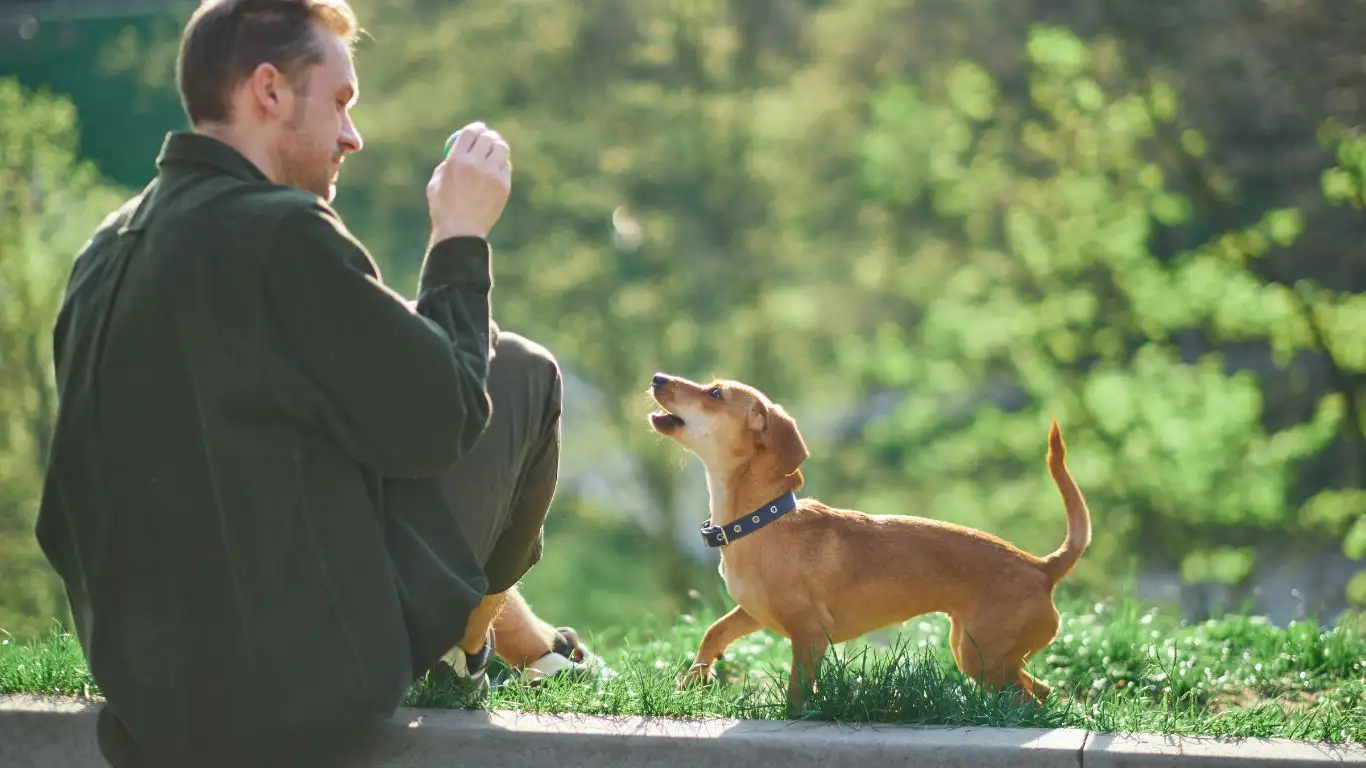
This is the part that gets overlooked. Rheumatoid arthritis and iron deficiency don’t just mess with your physical health—they mess with your mood, your confidence, and your patience. And let me tell you something real: dogs pick up on that energy like little four-legged radar towers. They feel your frustration. They sense when you’re forcing it. They know when you’re not in sync.
When I was working with a vet named Carlos, who struggled with both RA and low iron, his German shepherd Max started acting out during training. Not because Max was “bad,” but because Carlos was mentally checked out half the time. Once we worked out a modified training schedule that prioritized shorter sessions during Carlos’s energy peaks, both their moods improved dramatically. It wasn’t about doing more—it was about doing smarter.
Building a Supportive Routine with Your Dog
Here’s the deal: your therapy dog can’t be your crutch, but they can be your partner. Start with small, achievable goals and build from there. And always, always give yourself grace. I like to tell my clients:
- Train during your high-energy windows—usually mid-morning for most folks.
- Keep commands simple and consistent. Save the fancy tricks for later.
- Celebrate small wins. A good sit-stay when you’re both tired? That’s gold.
These strategies won’t cure RA or iron deficiency, but they can help you and your dog find your rhythm again. And that’s where the magic happens—when you both learn to move as one, no matter what your body’s throwing at you.
Understanding the Mind-Body-Dog Connection
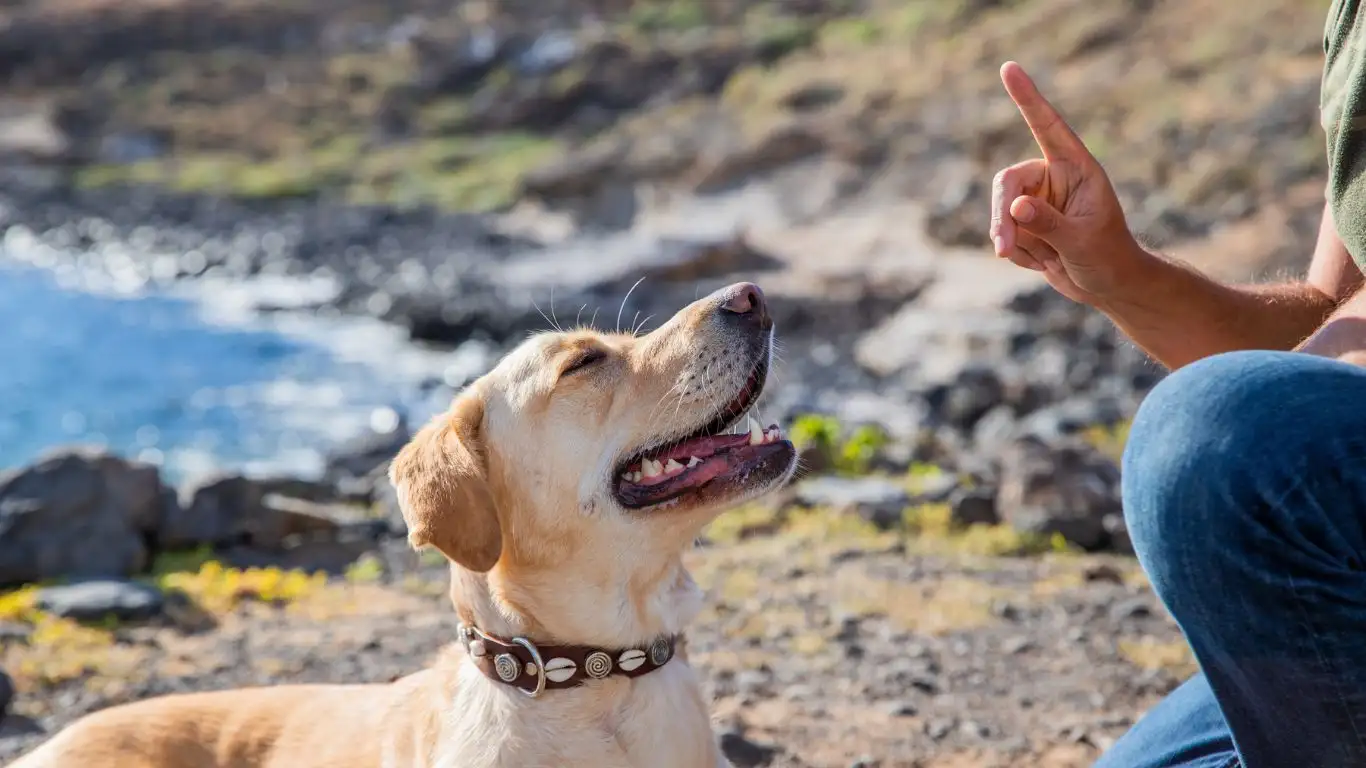
We’re going to get a little holistic here, but stay with me. Because here’s what I know: your mental, physical, and emotional health are deeply connected, and dogs are little furry mirrors of that balance. If you’re battling rheumatoid arthritis and iron deficiency, your dog may sense the disconnect before you even realize something’s off. I’ve seen therapy dogs nudge clients toward their meds, offer stability during flares, or just lie next to them on bad days. That’s not coincidence. That’s connection.
Energy-Saving Dog Training for Flare-Up Days

Let’s be real—some days, just getting out of bed feels like a win when you’re juggling rheumatoid arthritis and iron deficiency. I’ve had clients cancel sessions not because they didn’t care, but because their bodies simply couldn’t keep up. And that’s okay. This isn’t about pushing through pain. It’s about adapting smartly.
One of the most effective things I’ve learned over the years is how to tailor training to your “bad days.” Instead of canceling altogether, shift the training to match your energy level. You don’t need to run agility drills or do leash work around the block. You can work on commands like “watch me,” “touch,” or even simple mindfulness bonding exercises right there on the living room rug.
Low-Impact Training Ideas That Still Build Trust
- Target training with a spoon: Sit in a chair and have your dog touch their nose to a spoon for treats.
- Hand signals: Use quiet hand movements to practice “sit” and “stay.” Less talking, more body language.
- Breathing together: Okay, sounds woo-woo, but hear me out—slow, calm breathing while your dog is beside you helps regulate both your nervous systems.
Even if you’re running on 20%, your dog still gets valuable bonding time. And those micro-moments add up. Dogs are incredibly intuitive—sometimes they just need your presence more than your performance.
Meal Prep for You and Your Pup When Iron Is Low

Here’s a curveball I didn’t expect in my early days of working with therapy dog clients—how much nutrition plays a role in dog-handler harmony. When your iron levels dip, appetite often tanks, or you reach for whatever’s easiest (I see you, microwave mac and cheese). But small changes in your diet can seriously impact energy and focus during training.
Iron-rich foods like lean meats, leafy greens, lentils, and eggs can give your body a boost. I often suggest preparing a “shared ingredients” meal that works for both you and your dog. For example:
- Cook up some ground turkey or chicken liver (great iron sources) and mix it with steamed sweet potato and a sprinkle of turmeric. You can eat yours warm; your pup can have a cooled portion with their kibble.
- Hard-boiled eggs? High-protein snack for you, high-value treat for them.
- Bone broth ice cubes work wonders on a low-energy day—for both hydration and joint support.
Food is fuel, and prepping with your dog in mind can be surprisingly motivating. I call it the “team nutrition” mindset. If you’re nourishing both of you, it creates a little extra accountability—and hey, cooking together makes the process more fun.
Supplements to Discuss With Your Doc (and Vet)
I’m not a doctor, but I’ve seen clients benefit from chatting with their healthcare provider about iron supplements, B-complex vitamins, and omega-3s. Some even work with a functional medicine specialist to balance inflammation. And don’t forget your dog—glucosamine, fish oil, and even turmeric are being used by vets more often to support aging or overworked joints in therapy dogs. Keep everyone on the same wellness page.
The Unseen Power of Emotional Synchrony
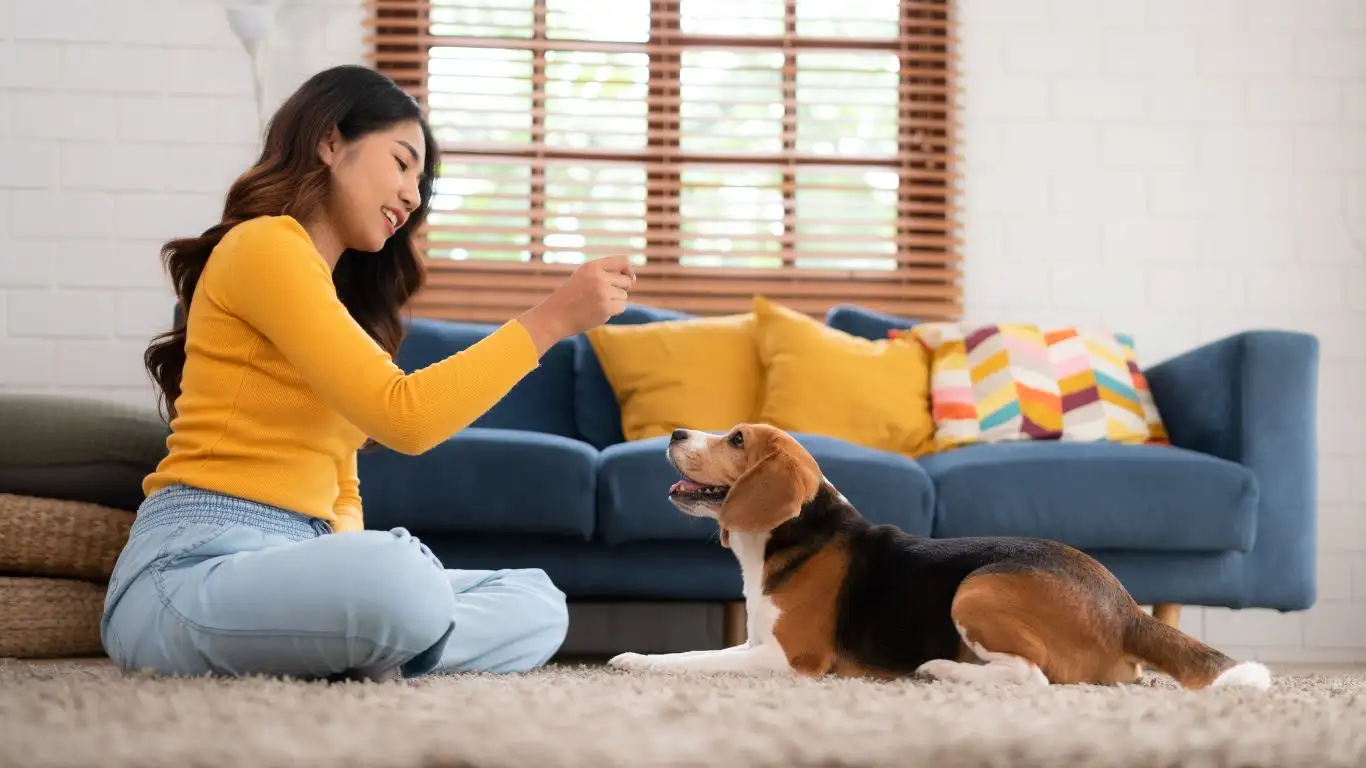
Okay, now let’s dive into something I talk about in nearly every session: emotional synchrony. It’s a fancy term for how closely your emotional state impacts your dog—and vice versa. When you’re dealing with the fatigue and frustration of rheumatoid arthritis and iron deficiency, that vibe doesn’t stay contained inside you. Dogs tune in with scary accuracy.
I once worked with a young woman named Leigh who had unpredictable RA flare-ups. Her goldendoodle, Frankie, would act up every time Leigh’s pain spiked—even before she verbally acknowledged it. We implemented a few things that helped both of them:
- Routine grounding rituals: Short morning cuddle sessions with affirmations like “We’ve got this today.” Sounds cheesy, but it works.
- Soothing background noise: Calm music or white noise during low-energy times to signal “chill mode.”
- Consistent verbal check-ins: Just talking out loud to your dog when you’re feeling rough can create a rhythm of support.
Your dog doesn’t need you to be perfect—they just need you to be present. And when they see you showing up despite challenges, they respond with loyalty and compassion that’s honestly unmatched.
When to Call in Extra Support
Sometimes, even with all the tips and bonding exercises in the world, it can still feel like too much. And that’s nothing to be ashamed of. Whether it’s a friend stepping in to walk your pup during a flare-up, or a trainer helping keep your dog stimulated when your energy’s low, asking for help is a strength, not a failure.
I’ve had therapy clients set up “dog buddy days,” where a trusted neighbor takes their pup out for a hike or a playdate. That way, both you and your dog get a break. Remember, this is a partnership. And like any good team, sometimes you call in subs to keep things running smoothly.
Reframing Progress When Living with Limitations
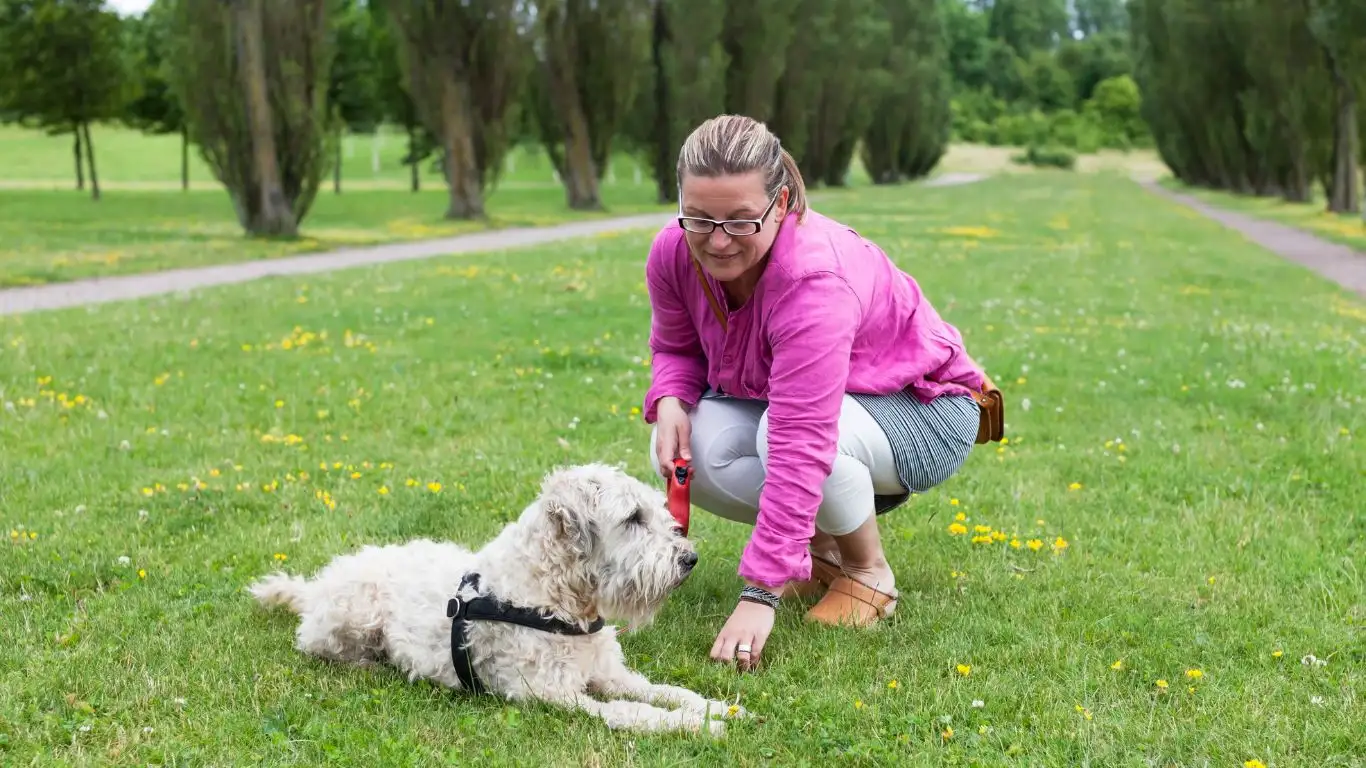
So here’s the honest truth—living with rheumatoid arthritis and iron deficiency means your idea of “progress” might look a lot different than someone else’s. And that’s okay. One of the biggest mindset shifts I’ve seen help both my clients and myself is redefining what success looks like, especially when you’re training or bonding with a dog.
Sometimes success means just getting your shoes on and stepping outside with your dog, even if it’s only for five minutes. Other days, it might be nailing a new command, or simply taking a moment to rest with your pup beside you. My favorite reminder? Progress isn’t linear. It loops, it pauses, it sometimes takes unexpected detours.
I remember one of my clients, Aria, who struggled to maintain consistent sessions with her service dog because of intense flare-ups. We started tracking her progress in a shared journal—not just the “wins,” but also the rough days. Over time, we saw patterns. It helped her feel more in control and also made her more forgiving toward herself. Her dog, Milo, even started showing more calm behavior once Aria stopped judging herself so harshly. Funny how that works, right?
Celebrating the Small Wins (Because They Matter)
- Your dog waits patiently while you take a break mid-walk? That’s a win.
- You both complete a short training session with zero frustration? Major win.
- You remember to take your iron supplement and do a 5-minute leash walk? That’s a double win.
These aren’t just small moments—they’re the foundation of long-term success. And they help build trust and resilience in both you and your pup.
Keeping the Connection Alive During Setbacks

Look, setbacks are inevitable. Anyone living with a chronic condition like rheumatoid arthritis and iron deficiency knows there will be days—or even weeks—when everything feels off. During these times, the key isn’t to disconnect from your dog, it’s to shift how you engage.
Here are a few things I personally lean into when I’m feeling physically zapped but still want to nurture that handler-dog connection:
- Gentle touch sessions: Soft brushing, ear rubs, and calm petting can reinforce your bond and soothe both your nervous systems.
- Storytime or talking out loud: Sounds silly, but just narrating your day to your dog keeps communication flowing. They love your voice more than you realize.
- Eye contact and breathing: Five minutes of quiet eye contact while you both breathe slowly can ground you. No commands, no pressure—just presence.
Your dog doesn’t need constant action—they need connection. And even when your joints hurt and your iron’s low, those quiet moments can be deeply healing for you both.
Creating a Long-Term Wellness Plan for You and Your Dog
When you’re dealing with chronic illness, flying by the seat of your pants only works for so long. A structured but flexible wellness plan makes all the difference. And yes, that plan should include your dog, because they’re part of your support system. I like to use the “3 Pillars” model for my clients:
- Movement: Daily low-impact movement for both of you. Think stretching, short walks, or even canine massage.
- Nutrition: Regular iron-friendly meals and hydration—for both you and your pup. Bonus: your dog benefits from cleaner ingredients, too.
- Mental balance: Short meditations, stress-relief games, and bonding rituals. Mindful dog time is healing time.
If you’re the list type (guilty as charged), consider making a shared calendar. Color-code your dog’s training times, your medical appointments, and your energy check-ins. It helps you spot patterns and prevents burnout before it starts.
When to Consult the Experts
Part of living with a chronic condition is knowing when to bring in the big guns. Don’t hesitate to consult:
- A rheumatologist for personalized RA treatment plans
- A nutritionist who understands inflammation and iron absorption
- Your vet or a certified canine behaviorist if your dog starts showing signs of stress
- Even a mental health pro if this dual diagnosis starts impacting your mood or motivation
Getting help doesn’t mean you’re failing—it means you’re smart enough to build a team. And having a therapy dog as part of that team? That’s a beautiful advantage.
References
- https://www.arthritis.org/
- https://www.niams.nih.gov/
- https://www.redcrossblood.org/
- https://www.eatright.org/
Disclaimer
This article is for educational and informational purposes only. It is not intended to replace medical advice, diagnosis, or treatment. Always consult with your healthcare provider before making any changes to your health routine or your dog’s care plan.

